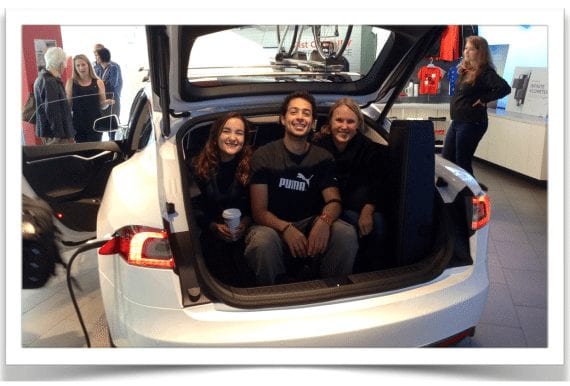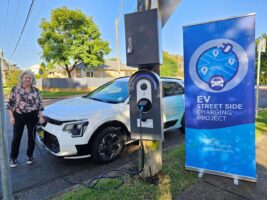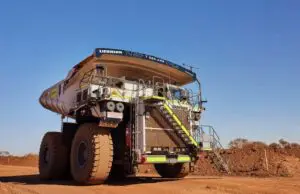No doubt about it, many of us EV enthusiasts have been blown away by the Tesla Model 3 and believe it’s the car that is really going to break the gasoline auto industry’s back. But we’re just EV enthusiasts, right? Treehuggers, tech heads, climate alarmists, and people obsessed with breathing clean air — that’s who we are, right?
Okay, we can throw in gearheads now too, since electric cars absolutely crush gasmobiles in acceleration and many a gearhead is now in love with them. And I guess we can throw in anybody who loves scaring the crap out of their passengers as they skillfully effortlessly step on the pedal without notice and with full force.
But, again, this is still just a niche portion of society. Maybe we’re all just crazy enthusiasts and don’t have a clue what the mass market wants.

In a new Wall Street Journal article, however, a striking quotation jumped out at CleanTechnica reader Karl Graves, who highlighted it and passed it on to me. Maybe it didn’t come from Grandma Gretchen, but it did come from the executive director of Gasoline & Automotive Services Dealers of America, Mike Fox. Here’s the beauty (which is a mix of paraphrasing from author Chris Mims and the straight words of Mike Fox):
“If Tesla can deliver on its current promises with the Model 3, says Mr. Fox, ‘gas vehicles are history—it’s horse and buggy days.’ “
Wowza. That’s one of the most “Tesla fanboy-ish” statements I’ve seen … and it’s from the executive director of Gasoline & Automotive Services Dealers of America!
Of course, auto industry execs must already know this (otherwise, they are in extreme denial), and they must be thinking more and more that Tesla is set to deliver.


Another wonderful quote from the Wall Street Journal article came from a more expected source, but it’s a whopper nonetheless:
“Pasquale Romano, chief executive of ChargePoint Inc., the world’s largest maker of electric-car charging stations, says he works with, and talks to, most major car companies. ‘We have seen their internal plans to just electrify everything,’ he said.”
Sims notes that initial plans are largely to create plug-in hybrids. Some researchers and industry insiders think this is a smart step in the coming decade. Others, and I would presume Mike Fox is in this boat, see the Tesla Model 3, Tesla Model Y, maybe Chevy Bolt, and other long-range yet affordable electric cars as the knockout punch that relegates plug-in hybrids to a short segment of the history books.
Plug-in hybrid buyers today certainly have reasons to buy them, but it’s hard to see a mass rollout of PHEVs as more than a delay tactic. If you want to drive electric, you want to drive electric — plenty of research has confirmed the obvious. Just listen to Akon talk about it, after telling me that he cut back from 28 fancy cars to just 4 cars — 4 fully electric Teslas — because of how much nicer they are than anything else on the market.
As affordable long-range electric cars become available, who’s going to want a plug-in hybrid with 14 miles of electric range and without the excellent acceleration of a 100% electric car?

So, what’s the auto industry really supposed to do if Tesla does deliver the Model 3 as planned, and if this really does mean that “gas vehicles are history,” and if plug-in hybrid versions of full gasmobiles really aren’t a legitimate stepping stone a few years down the road from now?
I have an article planned on how I think auto companies can respond, theoretically. If you’ve attended a Cleantech Revolution Tour conference, you probably know what’s coming. Otherwise, feel free to offer some conjecture.
Source: Cleantechnica. Reproduced with permission.










